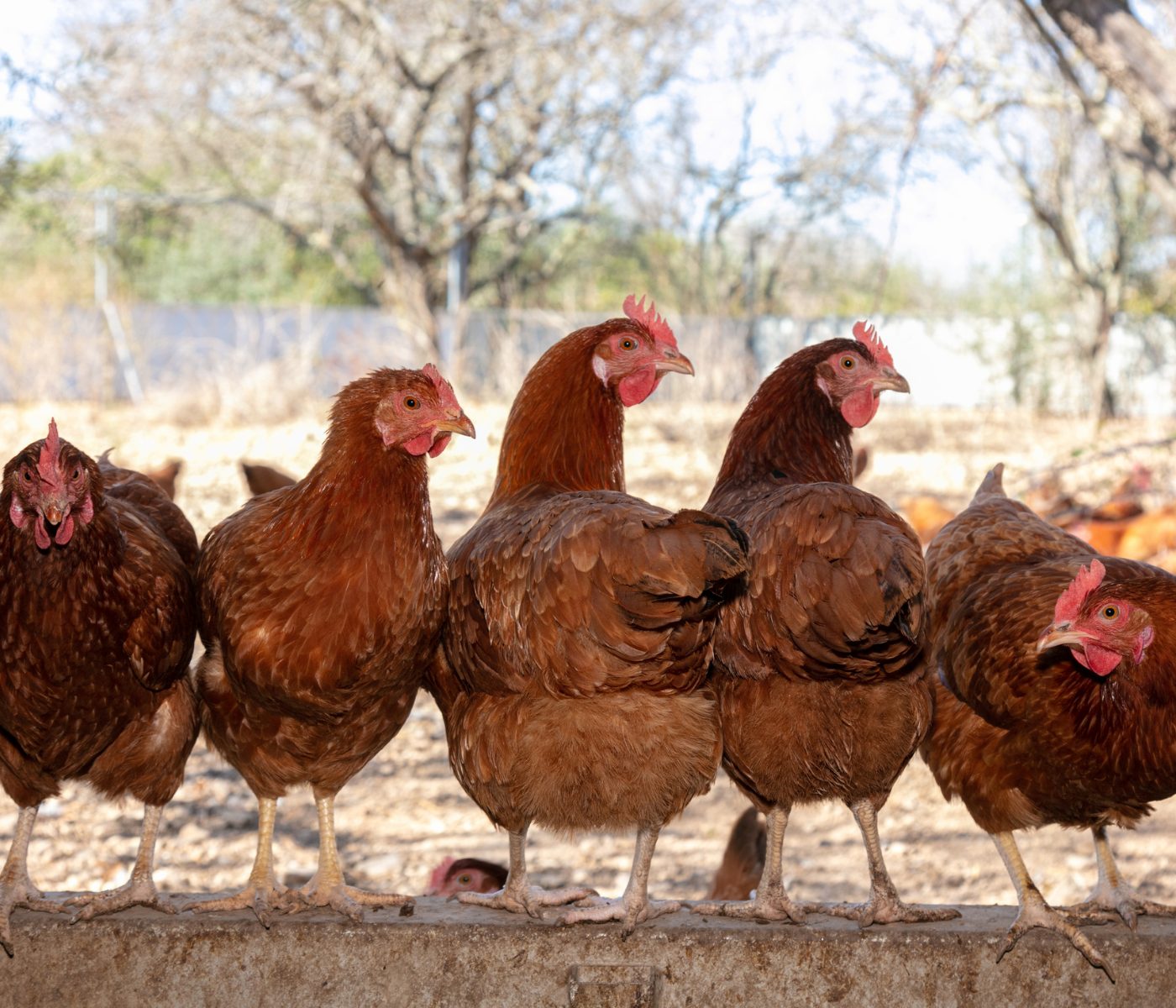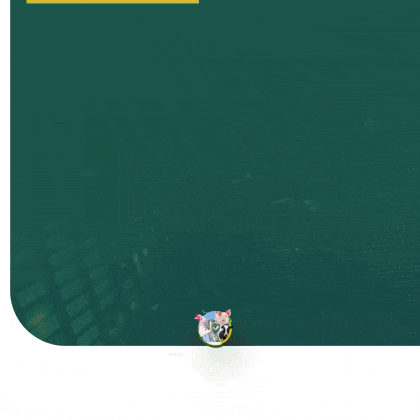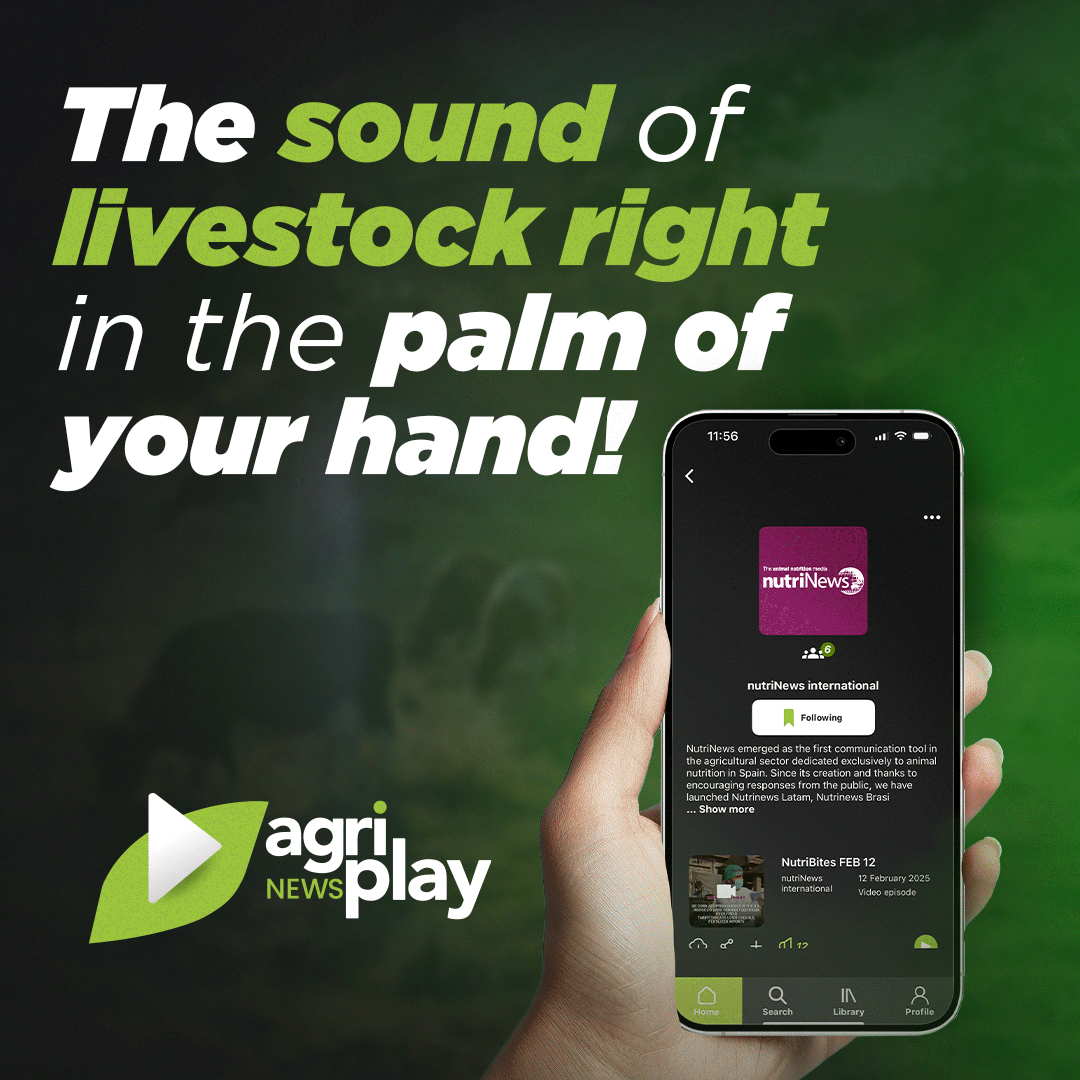Laying hens’ nutrition has critical points that require a great deal of attention in order to obtain the best possible yields from these productive systems. Current laying hens have very high genetic potential for egg production. They can maintain yields of over 90% of posture for a great part of their production cycle if given adequate environmental, health and nutritional conditions.
Genetic advances in the last decade have given way to laying hens that possess extraordinary and sustained productive capacity. Paired with a slight reduction in body weight, feed consumption and egg size. Having the ability to reach 50% production earlier than 10 years ago.
Modern hens, a challenge for nutritionists
Modern hens represent a challenge for nutritionists, as one can no longer rely entirely on scientific information generated in the past based on different types of birds.
One could anticipate the need of an increase in nutritional requirements; however, these hens still produce one egg a day, with a slightly reduced daily egg mass. Therefore, daily nutritional requirements should not have increased following this train of thought. Hence, it is very important to consider the hen’s nutritional requirements during the laying phase based on a daily consumption of nutrients.
The importance of achieving weight in rearing
One of the main problems in birds that are reaching their production peak and are not able to consume enough food, is that they end up having to resort to their body fat and bone structure to compensate for this lack of nutrients. Resulting in a production decrease that will impact the performance of the bird during the rest of its productive lifespan if its reserves are not adequate and / or the demand is high.
Therefore, it is necessary to prepare layers so they can begin posture with appropriate size and weight,
A feed intake of at least 95 g and ideally 100 g daily, with an appropriate calcium reserve is recommended. This will contribute to a well-formed medullary bone.
To interrelate the parameters mentioned above, it is necessary that rearing diets stimulate the increase in the size of the digestive tract. Increasing fiber levels and using feeds with 1.0 to 1.2 mm granulometry from the fifth week of age.
It is advisable to use 3.5% fiber levels from weeks 5 – 11. Moving up to 3.5 to 4.5% from weeks 12 to 18.
Breeding and rearing diets for chicks (0 – 4 and 5 – 11 weeks of age) sh...











